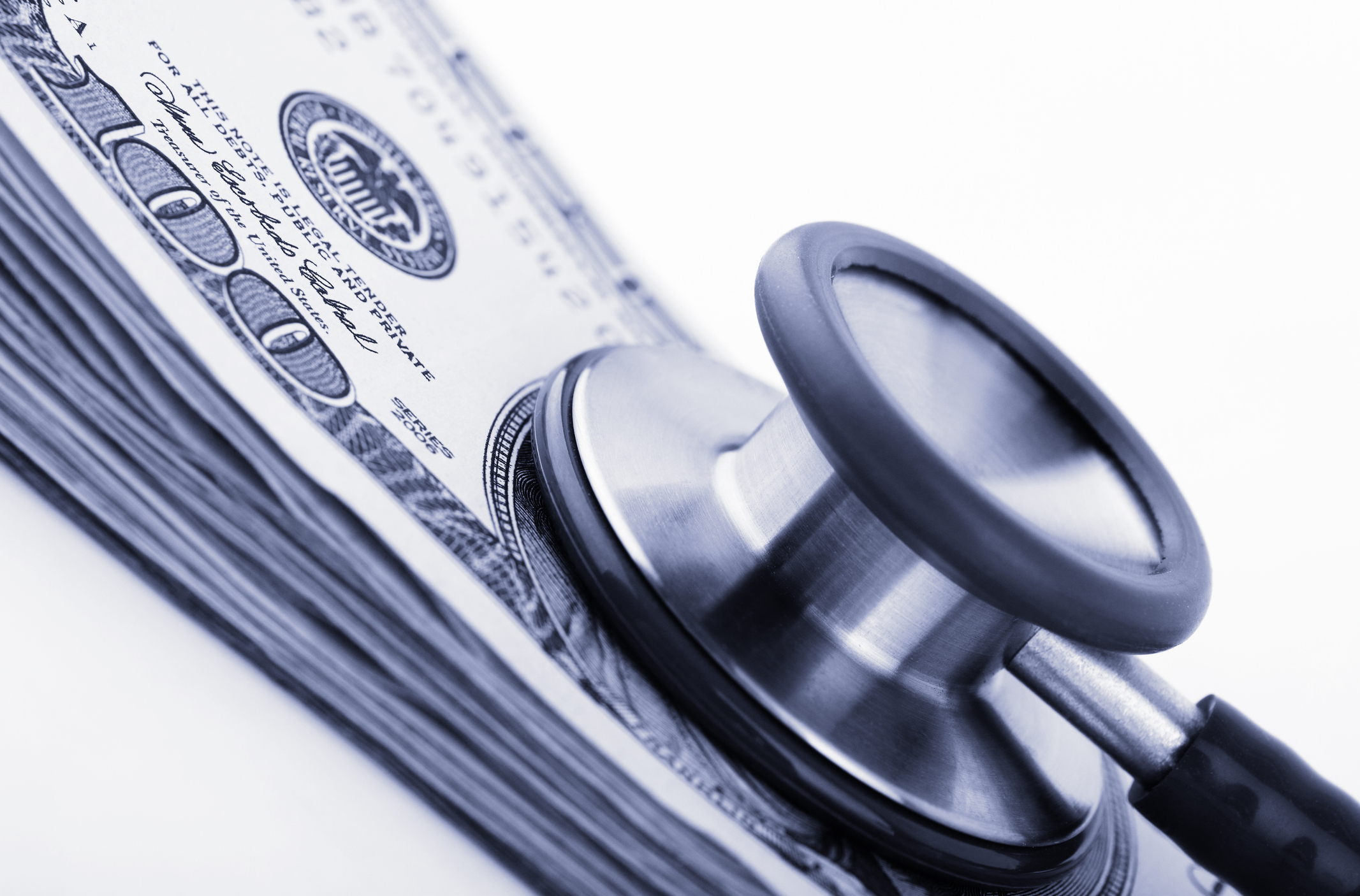
According to a new study published in the peer-reviewed journal Diabetes Technology & Therapeutics (DTT), people who live with type 1 diabetes (T1D) in the United States right now, as well as those who will develop the disease over the next 10 years, will pay a collective $813 billion over their lifetimes in medical costs and in lost income and productivity costs, as compared to a similar group that does not have T1D.
On an individual level, the financial burden of type 1 diabetes translates to nearly $500,000 per person over the course of a lifetime.
The study, “Estimated Lifetime Economic Burden of Type 1 Diabetes,” was funded by Breakthrough T1D and The Leona M. and Harry B. Helmsley Charitable Trust.
Additional findings point to a 9-year life expectancy difference between those with and without T1D, as well as a concentration of T1D-associated costs being incurred within the first 50 years of one’s life.
The latter could be due to costs being concentrated closer to diagnosis, or it could be that as those without T1D age, their healthcare costs increase and effectively “catch up” to the health expenses of those with T1D.
Methodology
The study is an analysis of Medical Expenditure Panel Survey (MEPS) data.
MEPS, run by the Agency for Healthcare Research and Quality within the U.S. Department of Health & Human Services (HSS), collects information about how people across the United States consume and pay for healthcare. Data collected include the specific services individuals and families use, how frequently they use them, how much these services cost, and how they are paid for.
For the study, the authors gathered MEPS information for about 1,630,317 individuals with T1D and for an equal number of individuals without T1D. Each person with T1D was “matched” with a person of a similar socioeconomic and health status, but who did not have T1D.
The MEPS information for each individual—those with and without T1D—was entered into a statistical model to project how they would fare over the course of a lifetime (about 100 years or until death, whichever happened first) in terms of healthcare costs and income.
Each individual was assigned age-specific annual direct medical expenditures. Those with T1D were split into 11 cohorts. One cohort of people represented those for whom T1D was an existing condition and an additional cohort was added in each of the subsequent 10 years of the statistical model to represent people who had been newly diagnosed with type 1 diabetes for a specific year.
In addition, those with T1D were assigned age-specific annual indirect income losses, defined as the difference in annual wages between those with T1D and those without T1D.
The researchers then compared healthcare costs and income across the T1D and non-T1D cohorts.
What It Means
The results point to what could be a very significant financial burden of type 1 diabetes for Americans and, more broadly, for the United States healthcare system.
This in turn, underscores the importance of continued, increased funding for researchers to pursue cures for T1D as well as treatments that delay T1D onset and help improve the lives of people with T1D.